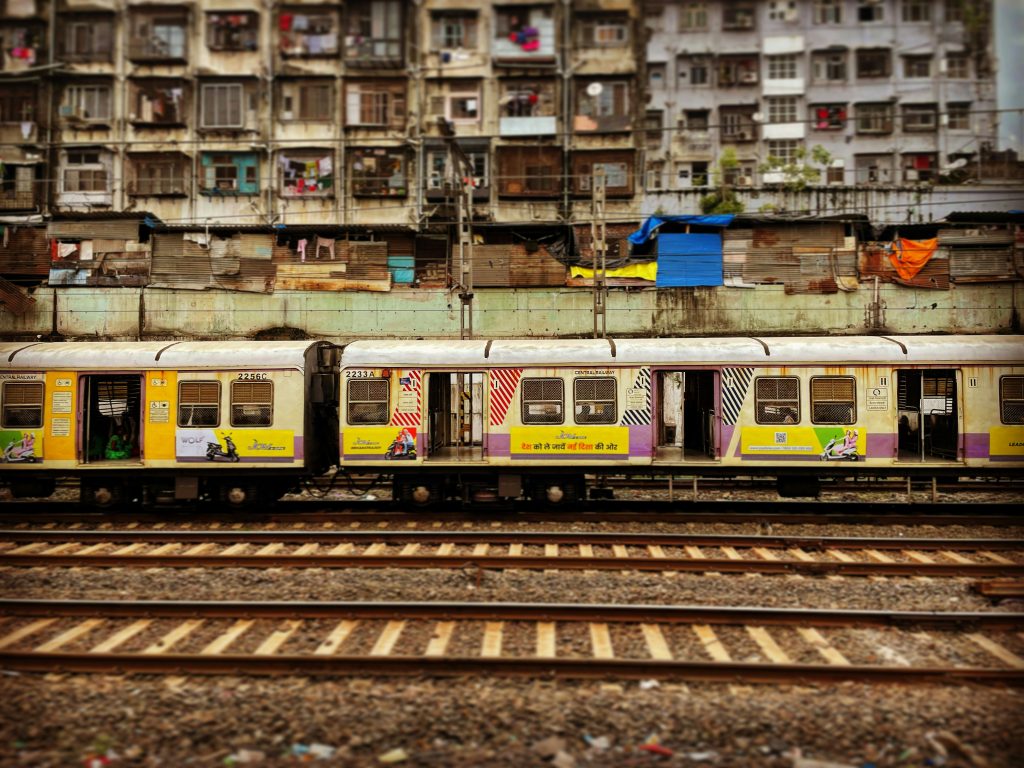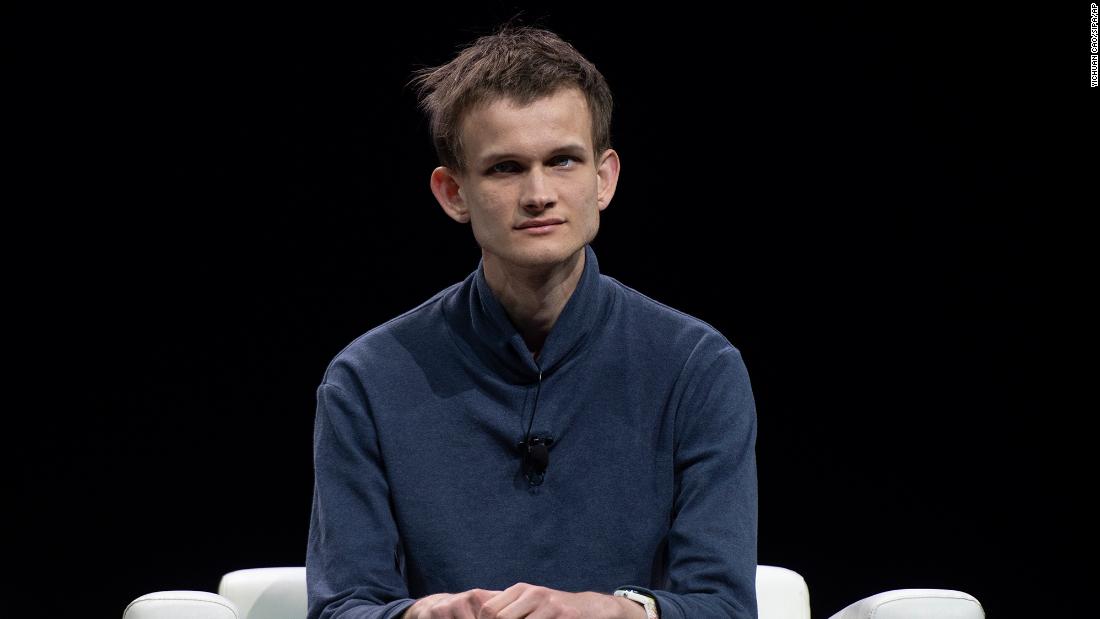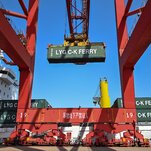The 5 Most Crowded Cities in 2025: Urban Giants and Their Growing Challenges
As the global population continues to rise, urban areas are becoming increasingly congested. In 2025, several megacities have reached record levels of density, presenting both opportunities and challenges for their residents. From Asia to Africa and South America, here are the five most crowded cities in the world in 2025, based on population density and total urban population.
1. Dhaka, Bangladesh
Estimated Population: Over 24 million
Population Density: Approx. 45,000 people/km²
Dhaka remains the most crowded major city globally in 2025. Its rapid growth is fueled by internal migration, particularly from rural areas affected by climate change. The capital of Bangladesh faces immense pressure on housing, public transport, and sanitation systems. Despite numerous urban development initiatives, traffic congestion and air pollution continue to worsen.
Key Challenges:
- Inadequate infrastructure
- Poor waste management
- Overburdened healthcare system

2. Mumbai, India
Estimated Population: Over 26 million
Population Density: Approx. 32,000 people/km²
Mumbai is India’s financial capital and a cultural hub, but its living conditions remain extremely compressed, especially in areas like Dharavi, one of Asia’s largest slums. In 2025, Mumbai continues to face a crisis of affordable housing, with sky-high rents pushing many into overcrowded settlements.
Key Challenges:
- Affordable housing shortage
- Flood risks during monsoon
- Extreme inequality
3. Karachi, Pakistan
Estimated Population: 20+ million
Population Density: Approx. 25,000 people/km²
Karachi, Pakistan’s largest city and economic engine, is also one of the fastest-growing cities globally. With little urban planning and massive migration from rural areas, the city’s infrastructure is under severe stress in 2025. Electricity shortages and water scarcity are major concerns for its growing population.
Key Challenges:
- Power and water shortages
- Urban crime
- Informal housing expansion
4. Lagos, Nigeria
Estimated Population: 25 million+
Population Density: Approx. 20,000 people/km²
Lagos continues its meteoric rise in population. As one of the most crowded cities in Africa, it is a tech and commerce hub but also a city struggling to meet the basic needs of its residents. Traffic jams in Lagos can stretch for hours, and housing development has not kept pace with the population boom.
Key Challenges:
- Transportation bottlenecks
- Unplanned urban sprawl
- Lack of public services
5. São Paulo, Brazil
Estimated Population: Over 23 million
Population Density: Approx. 7,500 people/km² (in metro area)
While its density is lower than some Asian cities, São Paulo is one of the most populous cities in the Western Hemisphere. In 2025, it remains a business powerhouse but also contends with high levels of traffic, inequality, and pollution. Urban sprawl has extended into the periphery, often with poor transit access.
Key Challenges:
- Urban sprawl
- Public transportation capacity
- Crime in certain districts
Final Thoughts
The rapid growth of these megacities underscores a critical global urbanization trend: by 2050, it is projected that nearly 70% of the world’s population will live in urban areas, up from about 56% in 2020. This shift places enormous pressure on housing, transportation, healthcare, and basic services in already crowded cities. For example, in Dhaka, where population density exceeds 45,000 people per square kilometer, nearly 40% of residents live in informal settlements with limited access to clean water and sanitation. Mumbai’s metropolitan region faces a housing deficit estimated at 2.5 million units, driving overcrowding in slums like Dharavi, home to more than a million people in just 2.1 square kilometers. Lagos, experiencing an annual population growth rate of over 3.5%, struggles with chronic traffic congestion where commuters can spend upwards of 3 hours daily stuck in jams. These staggering figures highlight the urgency of sustainable urban planning, investment in affordable housing, expansion of public transport, and the integration of green spaces to improve quality of life. Addressing these challenges will require coordinated efforts between local governments, international agencies, and private sectors to create resilient cities that not only accommodate growth but also enhance the well-being of their inhabitants. Without strategic action, the risks of social inequality, environmental degradation, and infrastructure collapse will continue to rise alongside the population, making the future livability of these urban giants uncertain.










